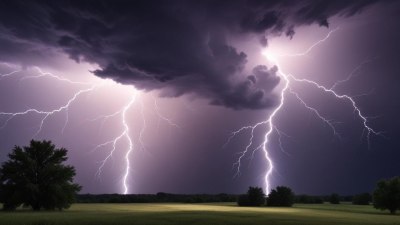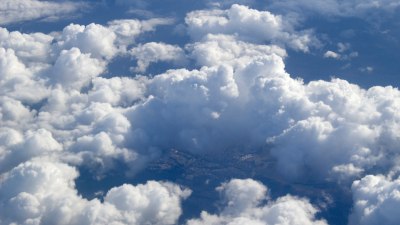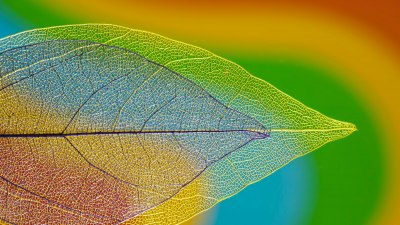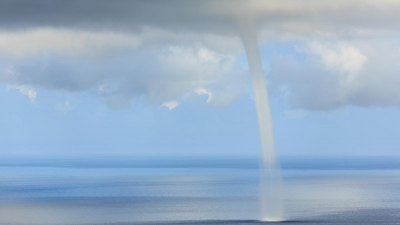Why Some Snowflakes Look Different
Discover the science behind the unique shapes and structures of snowflakes and what causes their differences.

Snowflakes have long been a source of fascination, admired for their unique beauty and intricate designs. But why do some snowflakes look different from others? The answer lies in the fascinating processes of crystallization and the atmospheric conditions that affect their formation.
The Formation of Snowflakes
Snowflakes start as tiny ice crystals that form in clouds when water vapor freezes. This process occurs when the temperature is below freezing, allowing the water molecules to bond together, forming a solid structure. The initial ice crystal serves as a nucleus, around which more water vapor may freeze, leading to the growth of the snowflake. This growth is highly influenced by the humidity and temperature of the surrounding atmosphere.
Environmental Factors
Several environmental factors influence the shape and appearance of snowflakes. Temperature plays a critical role, as it affects how water vapor crystallizes. At temperatures around -2°C (28°F), snowflakes tend to form as flat, hexagonal plates. As the temperature drops to around -10°C (14°F), snowflakes are more likely to develop long, needle-like structures. Truly unique shapes emerge around -5°C (23°F), where the conditions allow the formation of complex dendrites with intricate branching patterns.
Humidity's Role
Humidity also significantly impacts snowflake formation. When the air is humid, snowflakes can grow larger and develop more complex structures due to the increased availability of water vapor. In contrast, in drier conditions, snowflakes may be smaller and simpler, lacking the elaborate branching that can occur when humidity levels are higher.
The Six-Fold Symmetry
One of the most notable features of snowflakes is their six-fold symmetry, which is due to the molecular structure of ice. Water molecules form a hexagonal lattice when they freeze, leading to the characteristic six arms of a snowflake. However, despite this symmetry, each arm can differ significantly based on its individual environmental exposure during formation, making each snowflake unique.
Type of Snowflakes
There are several types of snowflakes, each categorized by their shape. The most common types include:
- Plate Snowflakes: Thin, flat crystals that resemble hexagonal plates and typically form at slightly warmer temperatures.
- Column Snowflakes: Long, elongated structures that develop at colder temperatures and often appear like ice needles.
- Dendritic Snowflakes: The most complex and beautifully branched snowflakes that typically form during specific humidity levels combined with cold temperatures.
- Star Snowflakes: These snowflakes have six distinct arms and often feature a star-like pattern, usually formed under optimal conditions.
The Journey from Cloud to Ground
The journey of a snowflake from the cloud to the ground is equally fascinating. During its descent, a snowflake may pass through various atmospheric layers with differing temperatures and humidity levels. This journey can change its shape and size, resulting in different textures when it eventually lands on the ground. For instance, if it passes through warmer layers, it may partially melt and reform as clumped snowflakes or ice pellets, changing its original form.
The Snowflake’s Environment
Snowflakes collect attributes from their environment as they fall, which influences the final characteristics we see. For example, if a snowflake falls through a layer of polluted air, it may develop a particular appearance due to trapped impurities. Climate conditions, such as temperature inversions and wind patterns, can also affect how snowflakes form and how they appear.
The Role of the Atmosphere in Snowflake Differences
The atmosphere is a complex system, and each layer can impact the development of snowflakes. Differences in air pressure and humidity can lead to the growth of various shapes and structures. Turbulence in the atmosphere can also influence how snowflakes collide with one another and how they interact with the surrounding air, affecting their eventual shape.
Science and Art of Snowflakes
Many scientists and artists have studied snowflakes to understand their formation and unique beauty. Renowned scientist Wilson Bentley was one of the first to photograph snowflakes in detail, helping to change our understanding of these natural wonders. His meticulous observations revealed that no two snowflakes are exactly alike, utilizing their unique structural attributes dependent on varying atmospheric conditions.
The diversity of snowflakes is a reminder of nature's beauty and complexity. The interplay of temperature, humidity, and environmental conditions leads to an array of forms, ensuring that each snowflake is uniquely different. Understanding the science behind their formation also highlights the importance of atmospheric conditions in shaping the world we live in. The next time you see a snowflake, take a moment to appreciate the unique journey it has taken from the cloud to your hand.











